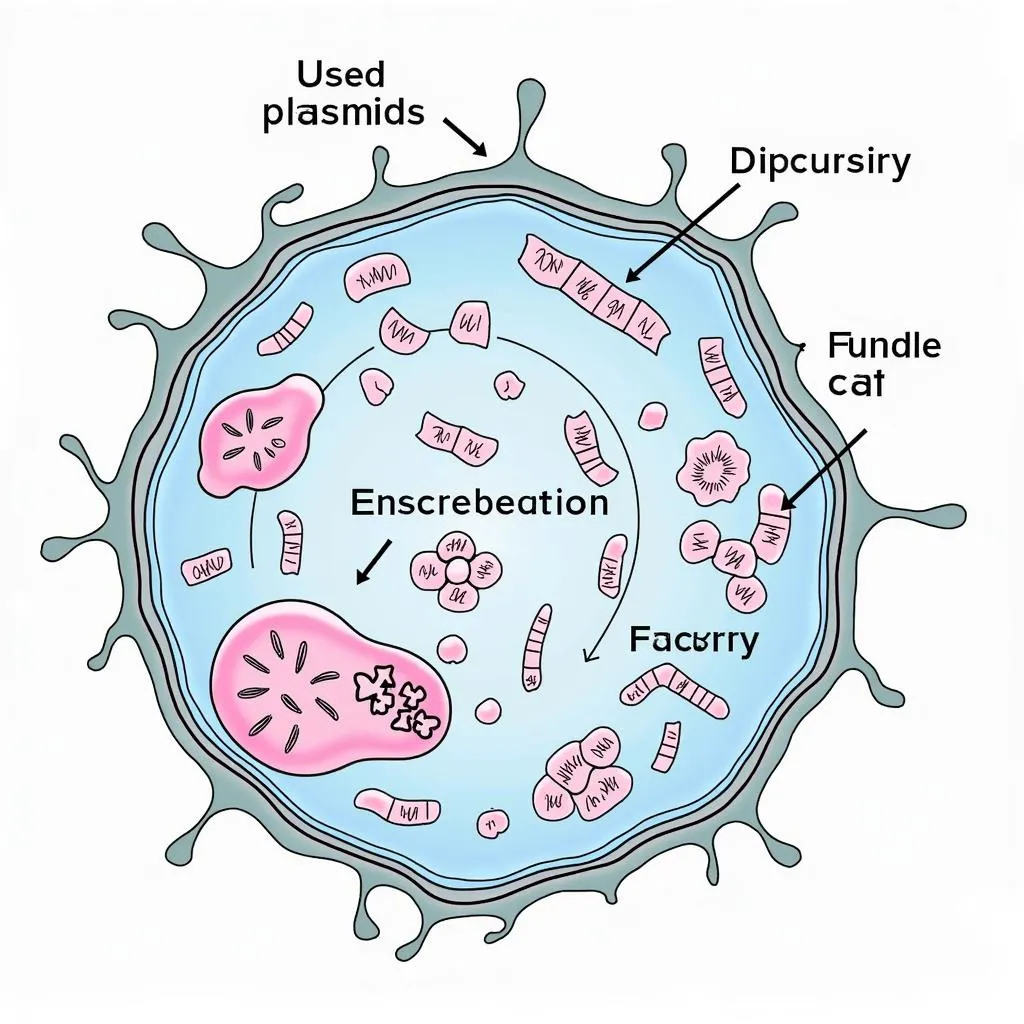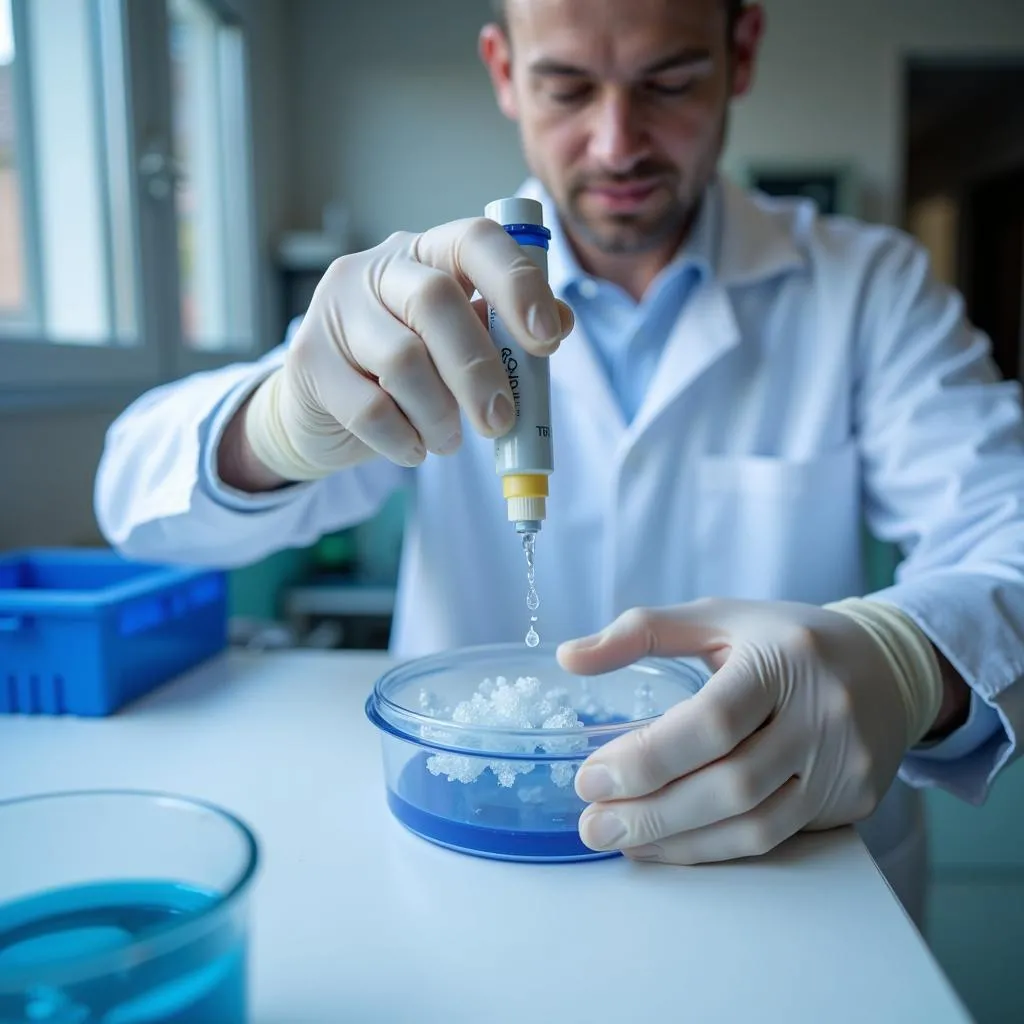Have you ever heard the phrase “good things come in small packages”? Well, in the world of genetics, that phrase rings incredibly true. We’re talking about plasmids – tiny, circular pieces of DNA that pack a powerful punch. But where exactly do these microscopic wonders reside? Buckle up, because we’re about to embark on a fascinating journey into the heart of the cell!
Unraveling the Mystery: Plasmid Location and Significance
While our human DNA is neatly organized within the nucleus, plasmids are like free spirits, mostly found in bacteria. Imagine a bustling city – the nucleus is like the central hub, and plasmids are like independent vendors setting up shop wherever they please within the cell’s cytoplasm.
Bacteria’s Best Friend: Why Plasmids Matter
These little DNA loops aren’t just hanging out for fun. They play a critical role in bacterial survival, carrying genes that provide advantages like:
- Antibiotic Resistance: Some plasmids carry genes that make bacteria resistant to antibiotics, a growing concern in healthcare.
- Toxin Production: Certain bacteria produce toxins thanks to genes housed within plasmids.
- Metabolic Versatility: Plasmids can equip bacteria with the ability to break down unusual substances, aiding their survival in diverse environments.
 Bacterial Cell Structure
Bacterial Cell Structure
Beyond Bacteria: Plasmids in Unexpected Places
While primarily associated with bacteria, plasmids have also been found in some eukaryotic organisms like yeast and certain plants. This discovery highlights their adaptability and potential applications in various fields, including biotechnology and genetic engineering.
Plasmids in Action: Real-World Implications
Think of plasmids as tiny couriers, capable of transferring genetic information between cells. This unique ability makes them incredibly valuable in research and medicine.
Genetic Engineering Powerhouse
Scientists can insert desired genes into plasmids, creating recombinant DNA. These modified plasmids can then be introduced into other cells, essentially delivering new instructions. This technique is crucial for:
- Producing Insulin: Diabetic individuals benefit from insulin produced by bacteria that have been engineered with human insulin genes through plasmids.
- Developing Vaccines: Some vaccines utilize proteins produced by genetically modified organisms, a process made possible by plasmid technology.
 Scientist Working with Plasmids
Scientist Working with Plasmids
Beyond the Microscope: Plasmids and the Future
The study of plasmids has opened up a world of possibilities, blurring the lines between science fiction and reality. As we delve deeper into their secrets, who knows what other wonders we might uncover?
Need a lift to explore the fascinating world of science and technology in Hanoi? Contact TRAVELCAR at 0372960696 or email us at [email protected]. Our fleet of 16-seater, 29-seater, and 45-seater vehicles is ready to take you wherever your curiosity leads. You can also visit our office at 260 Cầu Giấy, Hà Nội, for personalized travel arrangements.
This journey into the microscopic realm of plasmids is just the beginning. We encourage you to delve deeper into this fascinating subject and explore the countless other wonders hidden within the vast universe of science.

